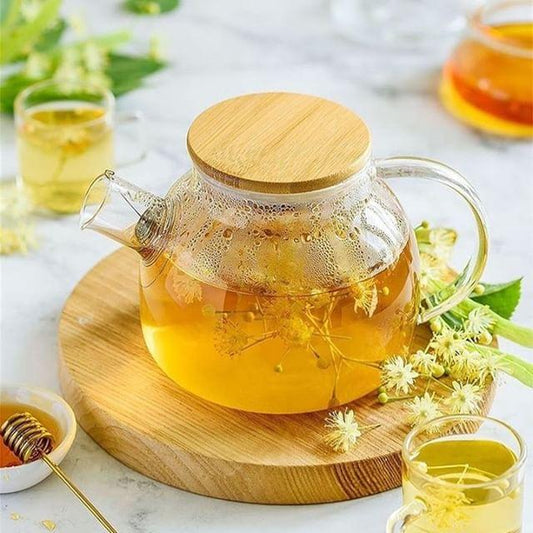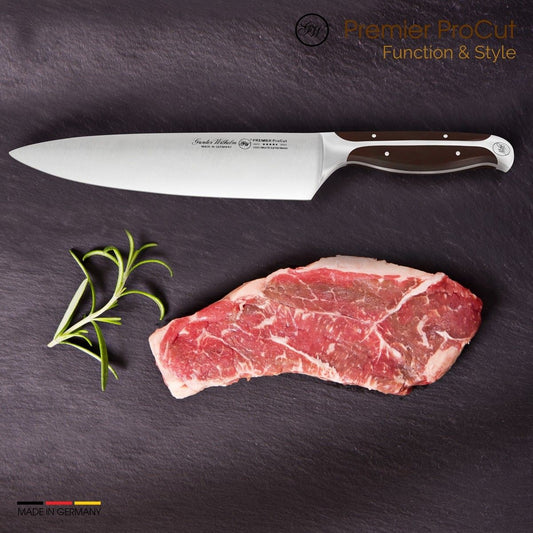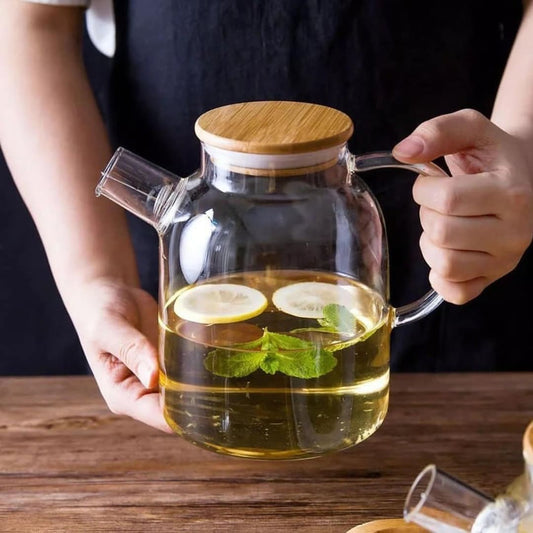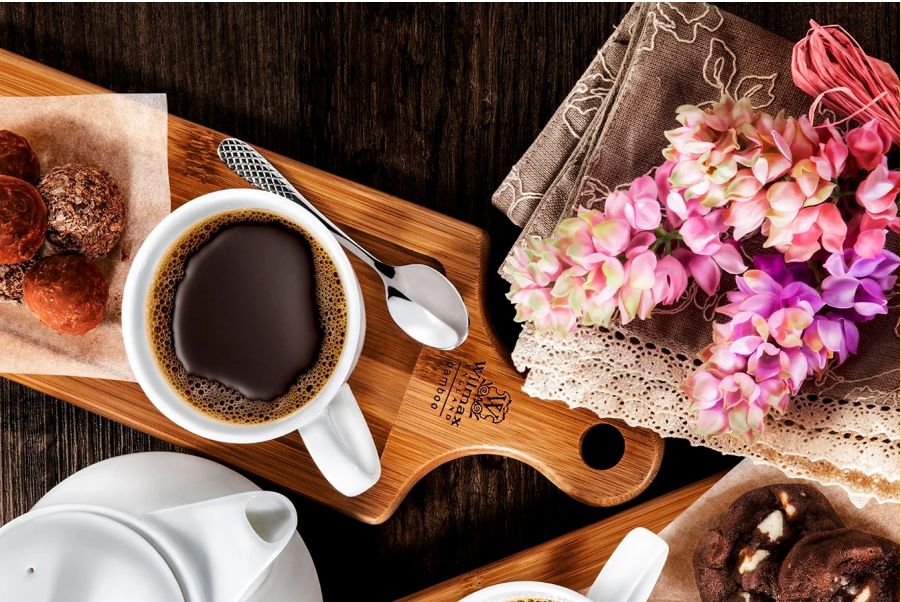Retro Revival: 70s Glassware & Patterned Plates Making a Comeback

Retro Revival: 70s Glassware & Patterned Plates Making a Comeback
Vintage charm, warm hues, and nostalgic prints are transforming modern dining tables into time capsules of joy.
The future of dining looks… delightfully retro. Across restaurants, design studios, and social feeds, the sleek minimalism of the 2010s is giving way to something richer, funkier, and infinitely more personal. Welcome to the Retro Revival — where 1970s glassware, patterned dinner plates, and amber goblets are making a glamorous comeback.
Once dismissed as kitsch, vintage tableware has found new life in contemporary dining. The shift isn’t just aesthetic — it’s emotional. In an era of uncertainty and digital overload, nostalgia has become a comfort food of its own.
🌼 From Disco to Dining
Think burnt orange, avocado green, and smoky amber — the iconic palette of the 1970s. These warm, earthy tones are replacing sterile whites and greys on tables worldwide. Retro-inspired tableware brands are reviving glass embossing, scalloped edges, and floral prints once thought lost to time.
“People crave texture and story,” says interior stylist Lea Holm. “Every retro piece has history — it feels lived-in, soulful. That’s something modern minimalism never offered.”
🥂 Glassware with Personality
The 70s glassware trend is particularly strong. From hobnail goblets to smoky tumblers and amber wine glasses, these pieces are popping up in high-end restaurants and boutique hotels. They catch the light differently — softer, warmer — creating an atmosphere that feels both elegant and nostalgic.
Mixologists have taken notice too. Vintage coupe glasses and ribbed martini stems now appear in cocktail programs, bringing a touch of glamour to the modern drink experience. The result? Every sip feels cinematic — a throwback to a time when dining was a ritual, not a rush.
🍽️ Patterns with a Point of View
Patterned plates are back — and they’re anything but subtle. Florals, geometric shapes, and whimsical motifs are replacing the sterile white porcelain of the past decade. Each dish now acts as both serving ware and statement piece.
“Food looks more alive on a patterned plate,” says chef Damian Rojas of Flor & Flame in Madrid. “Color and pattern frame the dish — it’s like plating on a canvas with a heartbeat.”
🎶 Nostalgia as a Design Movement
The revival isn’t limited to the dining table — it’s part of a wider cultural shift toward warmth and imperfection. The rise of retro interiors, vinyl records, and analog photography has redefined “cool.” Tableware simply joined the party — in mustard yellow and amber tones, of course.
Restaurants are designing entire spaces around this look: terrazzo tables, rattan chairs, low lighting, and patterned dishware that feels pulled from a 1970s dinner party — in the best possible way.
🕯️ Mixing Old with New
The beauty of the retro trend is its adaptability. Designers are pairing vintage glassware with modern flatware, mixing heirloom plates with minimalist linens. The result feels layered, collected, and authentic — a visual metaphor for how we eat today: blending tradition with innovation.
“We’re done chasing perfection,” says curator Naomi Feld. “Retro design celebrates flaws — the bubbles in glass, the uneven glaze. It’s proof of the human hand.”
🌟 The Future Is Retro
As sustainability becomes central to dining culture, the reuse of vintage tableware feels not only stylish but responsible. Thrifted glass, secondhand ceramics, and reissued vintage lines are now status symbols of taste and consciousness.
In a world obsessed with the new, the return of the old feels refreshing. The retro revival is more than a design choice — it’s a declaration that dining should feel personal, joyful, and a little bit groovy.
Because some eras never go out of style — they just get better with age.
Share:





